
I AM extraordinarily proud to commemorate the 50th year of the founding of Arts of Asia. For our milestone “50th Anniversary Edition”, it is a privilege to feature fifty outstanding Asian artworks from major museums, institutions and private collections. Museum directors, curators, specialists and experts from around the world have selected their favourite items from a broad range of Asian countries. These objects, and the stories behind them, are quite inspirational and hopefully readers will also find them stimulating.
As a result of the magazine’s many achievements over the past fifty years, we have earned the trust of so many people—the list of contributors in this issue is a virtual Who’s Who in Asian art—and I would also like to take this opportunity to thank all those who have graciously sent messages in celebration of this auspicious occasion.
I am also delighted to publish in this anniversary issue six articles on “Buddhism”, a major British Library exhibition spanning twenty countries over 2000 years and more than 120 items. During a recent trip to London with my wife, Nancy, and our son, Max, we were given a tour of the beautiful show by Dr Luisa Elena Mengoni, Head of Asian and African Collections at the British Library, and Jana Igunma, Lead Curator of “Buddhism” at the British Library. This is the first exhibition of its kind at the British Library, showcasing treasures from one of the world’s richest collections of Asian manuscripts. I was very impressed with the exquisite Buddhist texts, such as illuminated scrolls, painted palm leaves and banner paintings. Jana Igunma commented: “Visitors will learn about the life of the Buddha and his teachings, and discover what it means to be Buddhist today, bearing in mind the growing contemporary relevance of mindfulness, compassion and loving kindness.” The exhibition is accompanied by a catalogue, Buddhism: Origins, Traditions and Contemporary Life, edited by Jana Igunma and San San May, and a conference, “Unlocking Buddhist Written Heritage”, will take place at the Library on February 7th–8th, 2020. I hope many Arts of Asia readers will be able to visit this important exhibition, which runs until February 23rd, 2020.

In addition, this celebratory issue includes Barbara Harding’s interview with John Axford, the new Chairman of Woolley and Wallis, and Rose Kerr’s review of Inside the Head of a Collector: Neuropsychological Forces at Play, an interesting and readable analysis of the collecting passion by Dr Shirley M. Mueller, a neurologist and enthusiastic collector of Chinese export porcelain. I am also very pleased that Robert Bradlow, founder of the Chinese art advisory firm, Robert Bradlow Fine Art, has written the saleroom report in this issue. Robert, who has more than thirty years’ experience in the auction world, will in future contribute regularly about the Chinese auctions in Hong Kong, London and New York. Until recently, he was a senior director of Sotheby’s London and head of their Chinese department for over ten years.
Many readers have mentioned that they enjoyed Colin Sheaf’s interview with John Warner, the first curator of the City Hall Museum and Art Gallery (the present-day Hong Kong Museum of Art), published in the November–December 2019 issue. John Warner and my father, Stephen Markbreiter, were close friends. In fact, they met the day John and his wife, Arax, arrived in Hong Kong in September 1957. At the end of October 2019, John and his son, Nicholas, returned to visit the Hong Kong Museum of Art, which has undergone a major renovation and expansion unprecedented in scale. John also met long-time friends and colleagues, including Mr K.Y. Ng, the respected Chinese art and antiques dealer and owner of K.Y. Fine Art on Hollywood Road. In 1975, Mr Ng worked as Assistant Curator at the City Hall Museum and Art Gallery, taking the place of Lawrence Tam while he was in the UK on a training course. K.Y. told me that he was responsible for sorting out the museum’s collection in order to prepare a shopping list of artworks to be acquired for the museum’s future expansion while also organising the display of the existing collection.

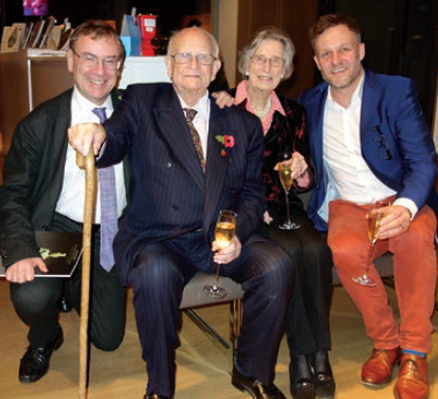

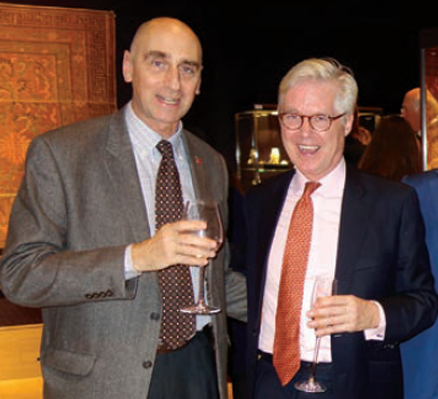

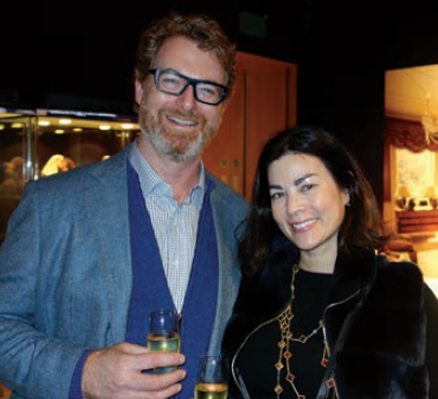

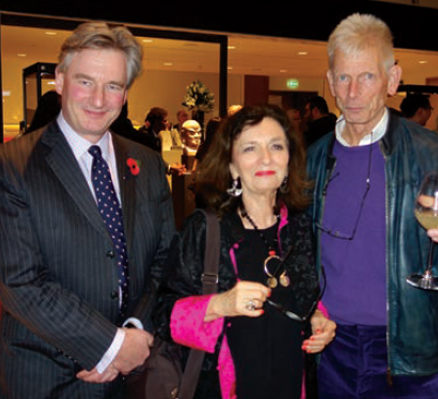

They say a picture is worth 1000 words! For this Editorial, I have decided to publish a number of photos of friends and supporters who attended the 22nd edition of Asian Art in London (AAL), held from October 31st to November 9th, 2019. There were forty-six participants—thirty-three dealers and thirteen auction houses—offering works of art ranging from the Middle East to India and Nepal, Southeast Asia, China, Korea and Japan. The AAL Gala Party on November 5th at Bonhams was a very enjoyable occasion, with attendees in a relaxed mood as the champagne flowed. Present were participants of AAL, directors and curators of Asian art from museums, academic specialists, visitors and collectors. It was an excellent networking opportunity for catching up with old friends while making new acquaintances as well. Every dealer with whom I spoke in London commented that it is becoming ever more difficult to source quality Chinese material although most seemed to be doing reasonable business during AAL. Following the current trend, the sales at the major auction houses for Asian art—Bonhams, Christie’s and Sotheby’s—attracted considerable interest from both local and international buyers. The regional and overseas auction houses, such as Duke’s Fine Art Auctions (Dorchester), Woolley & Wallis (Salisbury), Lempertz (Cologne) and Nagel Auktionen (Stuttgart), also had busy viewings. I visited nearly all the participating auction houses and galleries, and noticed that rare and attractive Chinese works of art with good provenance are fetching the highest prices. Collectors also reaffirmed to me that they still greatly appreciate visiting London—especially while the pound remains relatively undervalued—which remains a prime location offering so many outstanding museum collections, art galleries and auctions of Asian art within a relatively compact area. I am already looking forward to the 23rd edition of AAL, which takes place from October 29th to November 7th, 2020.
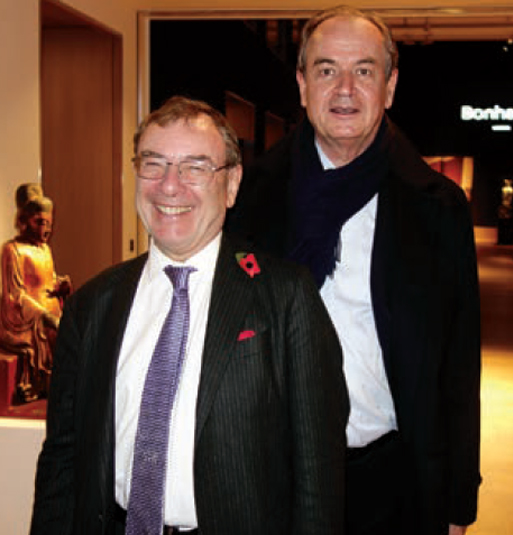

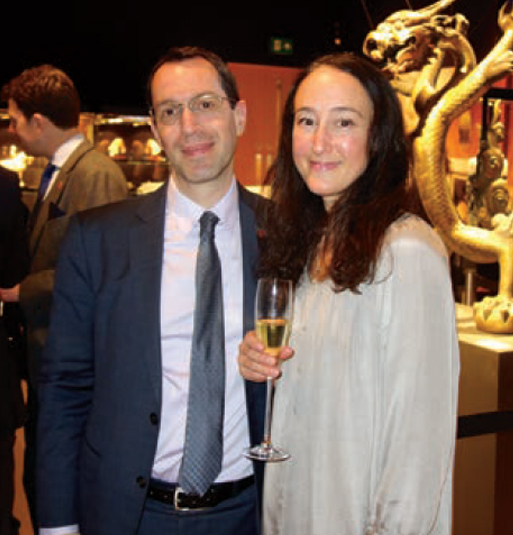
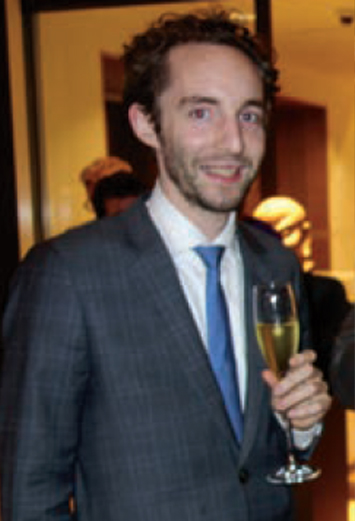

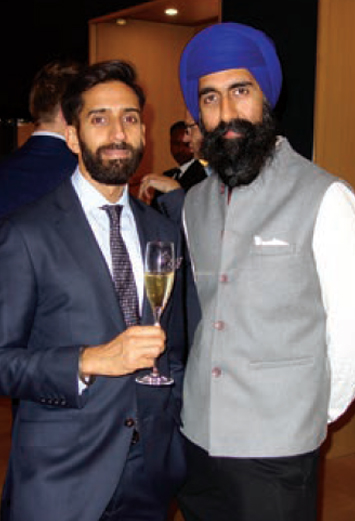
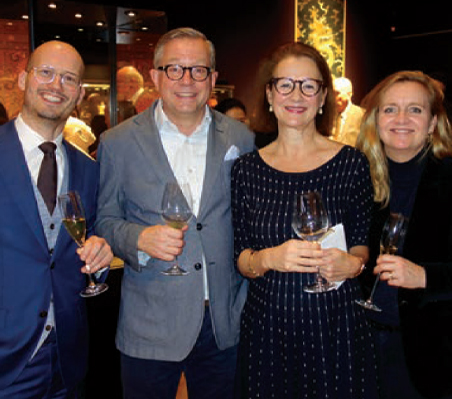
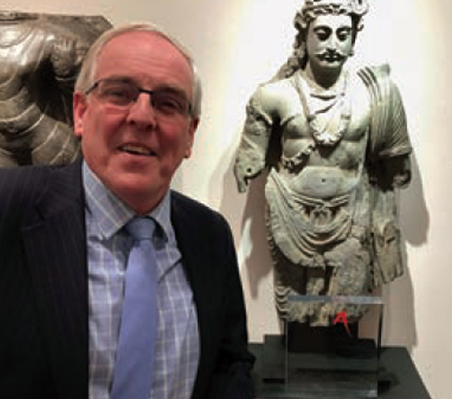
In November, a wide range of gallery exhibitions and auctions were also held in Hong Kong. As always, I viewed the main auctions for Chinese art, and was delighted to attend many noteworthy gallery openings, including “Irene Chou Rediscovered: Paintings from the M K Lau Collection”, which runs until February 9th, 2020 at Duddell’s. Respected and influential figures in the art world came to view the captivating ink paintings on display. This exhibition brings awareness not only to an early Chou masterpiece that has been hidden from public view for decades, but also the scope of the artist’s talent. The exhibition celebrates Chou’s creative journey over a twenty-year period and offers unique insights into the artist’s personality, interests and convictions.
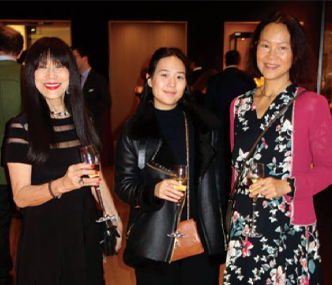
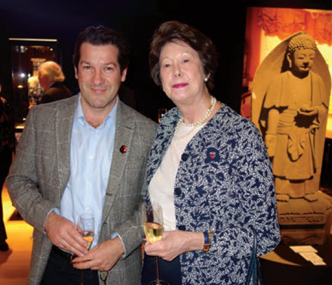
As always, it was a great pleasure to catch up with Martyn Gregory and view his wonderful exhibition of China Trade paintings at the Hong Kong Maritime Museum. Martyn Gregory has since 1965 been the world’s leading authority on the art of the China Trade and pictures relating to China, India and Southeast Asia by both travelling Western and Eastern artists. I very much enjoyed his 100th catalogue and would like to congratulate him on his remarkable achievements. His tireless efforts have greatly furthered the understanding of China Trade painting and I wish him continued success in his endeavours.
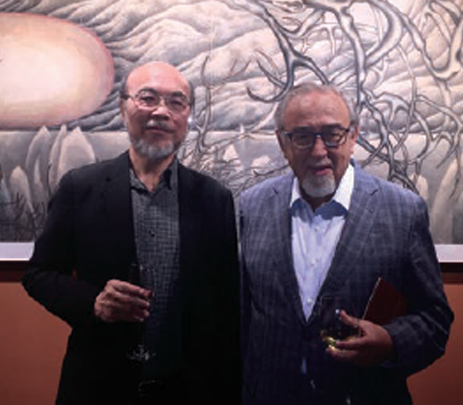
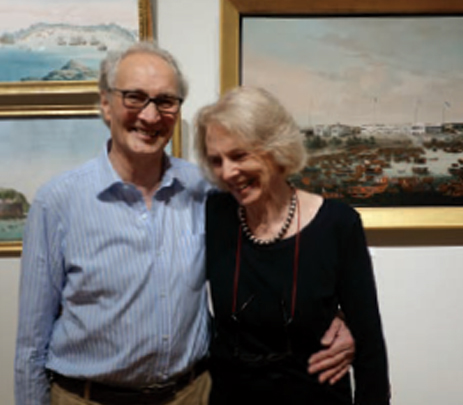
One of the display highlights of the week was an exceptional cooking vessel (fangding) from the Western Zhou dynasty (circa 10th century BC) in Christian Deydier’s new gallery at 123 Hollywood Road. The rectangular-shaped vessel, with two vertical U-shaped handles fixed on the rim supported by four cylindrical legs, has a very rare pattern of large birds, shown in profile, on a leiwen background. Christian told me that he will be holding special exhibitions periodically in partnership with a top dealer in the field, and these are likely to include Flemish painting, African art, European bronze sculptures and French furniture.
The photograph of Daphne King, Director of Alisan Fine Arts, was taken at her gallery’s first solo exhibition for ink artist, Lee Chun-yi. On view was a selection of his traditionally inspired landscapes and scholar’s rocks created by a self-made stamping technique. Born in 1965 in Kaohsiung, Taiwan, Lee Chun-yi moved to Hong Kong at the age of five. His formative years saw him study art at The Chinese University of Hong Kong under Liu Kuo-sung, the acclaimed master artist, a founder of the Fifth Moon Group and a leader in the Chinese contemporary ink movement. Lee then pursued doctoral studies at Arizona State University in the United States before returning to Taiwan to embark on an artistic career. With a revolutionary method departing from the conventional use of a paintbrush, Lee Chun-yi employs calligraphy through the use of Chinese seals and ink rubbings. He carves Chinese characters into pieces of softwood to form chops, then stamps them repetitively on the paper to form a semi-photographic image. Literally building up a visual composition through words, his paintings function as symbolic poems, with the strength of the stamp indicating the intended tone of expression.
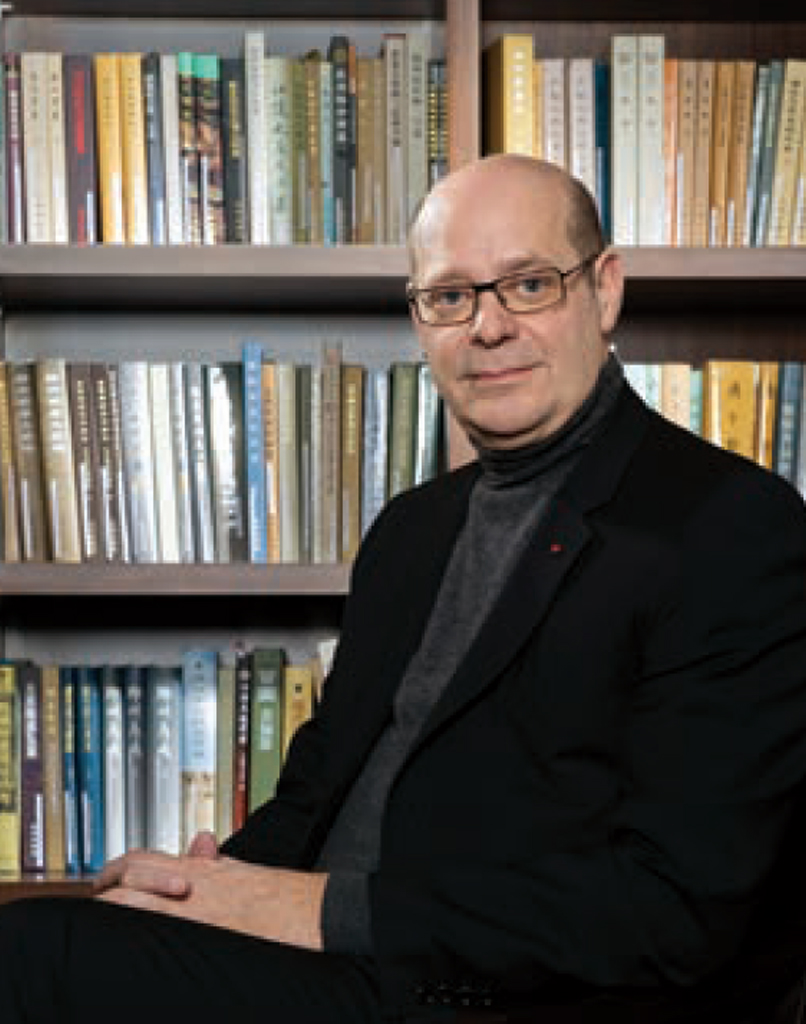
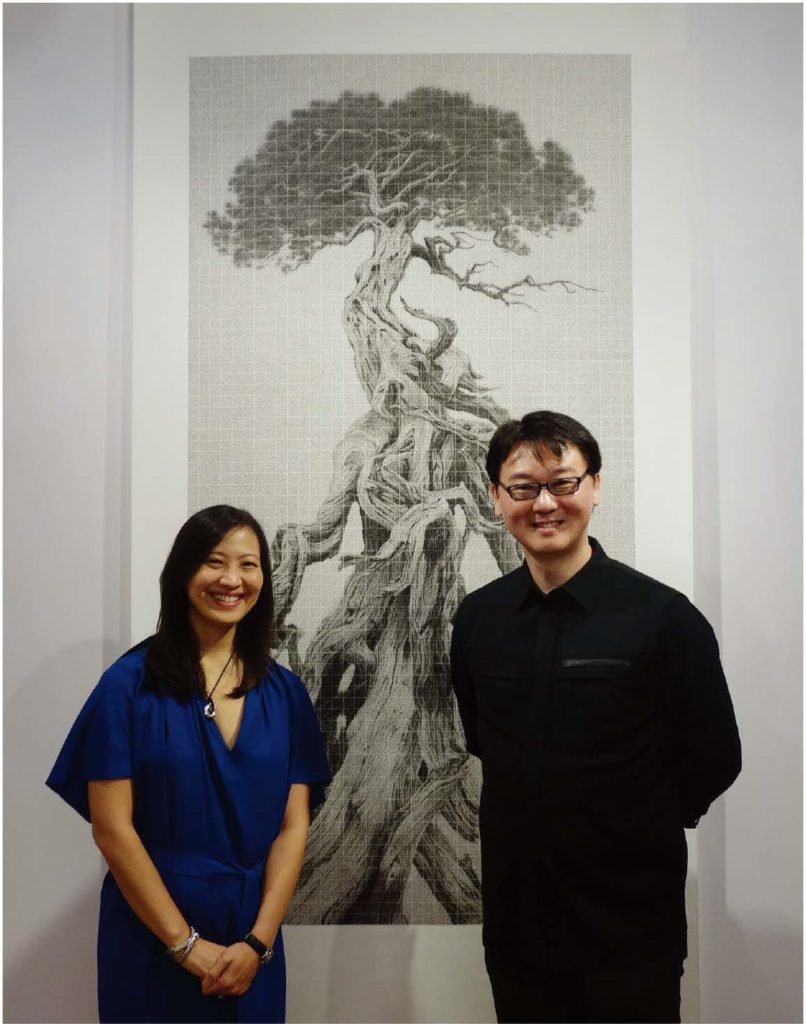
Finally, I would like to thank all our readers, advertisers and contributors for their wonderful support over the past fifty years. The team at Arts of Asia will continue to strive to produce a first-class print publication. I am confident that our readers will thoroughly enjoy this “50th Anniversary Edition”—a celebration of Asian art—and the exciting issues planned for the rest of the year. I wish our worldwide readers, my friends and family a most prosperous, healthy and joyful Year of the Rat.

Please click here to view the contents of this issue.

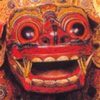 Subscribe
Subscribe Calendar
Calendar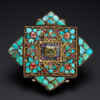 Links
Links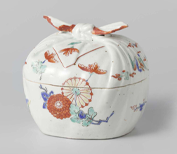 Gift
Gift


